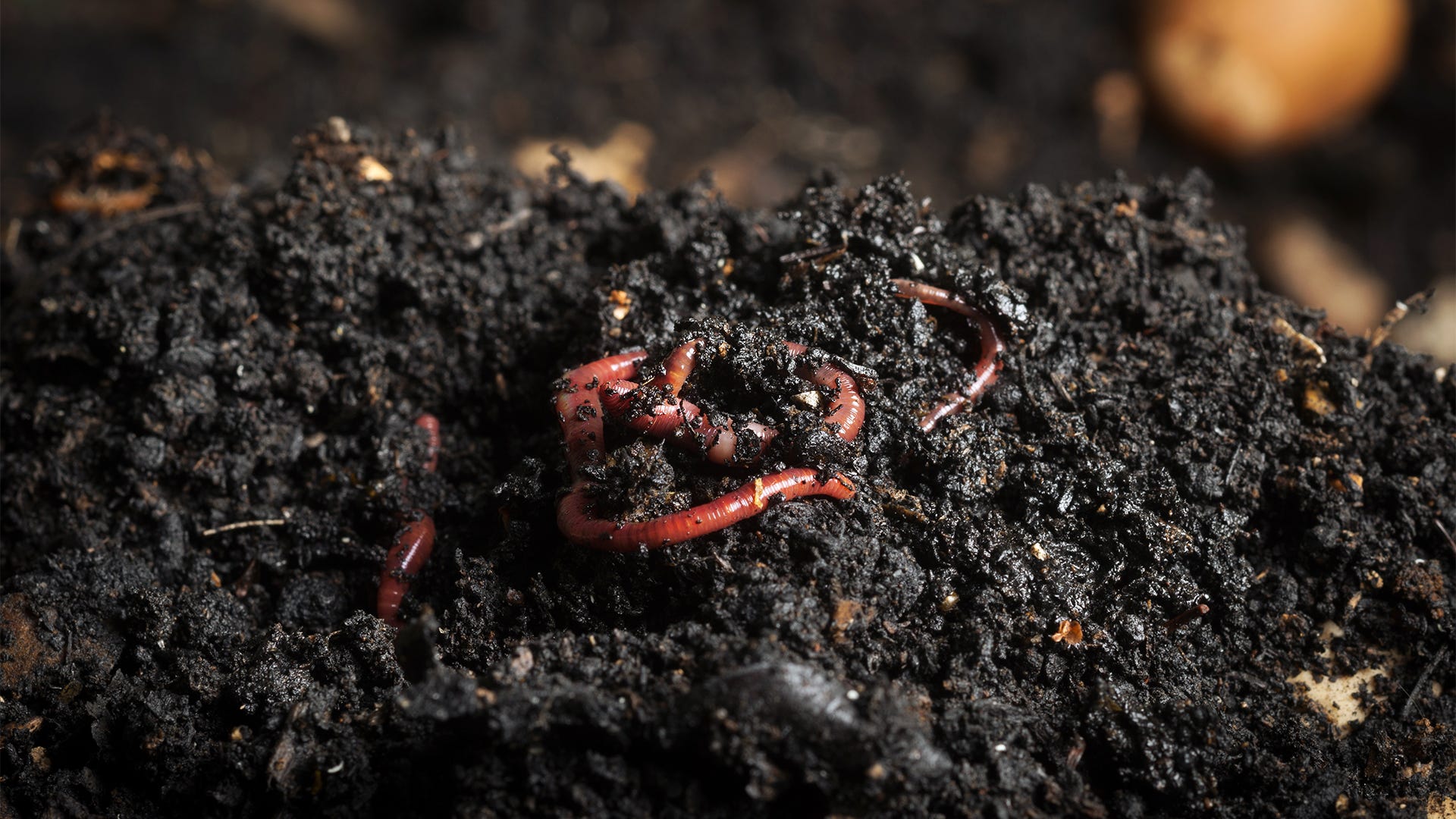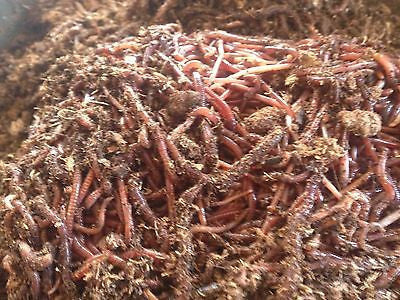The Greatest Guide To Red Wiggler Express
The Greatest Guide To Red Wiggler Express
Blog Article
The Basic Principles Of Red Wiggler Express
Table of ContentsExamine This Report on Red Wiggler ExpressThe 25-Second Trick For Red Wiggler ExpressThe Best Guide To Red Wiggler ExpressRed Wiggler Express - Questions
With the global push for sustainability and with environmentally friendly techniques expanding in appeal, people are finally coming around and recognizing the ecological benefits of red wiggler worms and composting. In this short article, we'll go over how vermicomposting supports lasting horticulture and the environmental benefits of red wigglers and other earthworms.
This is the except it. If you want to check out in-depth regarding red shakes, we have a whole post committed to them here. Currently, let's enter the basics of how these worms support sustainable horticulture practices and profit the setting: Worm composting is like a health club day for your soil.
When included into your garden dirt, these castings enhance its framework, aeration, and water retention. This assists with plant growth and health and wellness and does not need making use of any type of chemicals. Did you understand that natural waste comprises a considerable section of garbage dump material? And decaying natural waste in land fills develops huge quantities of land fill gas (LFG), which is included about 50% CO2 and 50% methane a greenhouse gas approximately 28 even more powerful than CO2.
By diverting your cooking area scraps and backyard waste into a worm composting bin, you're successfully minimizing the amount of natural waste that finishes up in land fills. Forget about chemical fertilizers worm castings are the actual deal.
The smart Trick of Red Wiggler Express That Nobody is Talking About

Mix the nutrient-rich worm spreadings right into your yard dirt or utilize them as a top dressing for potted plants. In a globe where sustainability is coming to be significantly critical, red wigglers shine as unsung heroes of horticulture.
Composting may appear like old news, however doing it with a container complete of worms most likely does not. Red wiggler worms provide terrific advantages to the natural garden enthusiast, generating both a natural plant food and a reliable pesticide. And they eat your kitchen area scraps. The value of red wigglers, a.k (Worm Farms Near Me).a. Eisenia fetida, depends on their waste matter, called worm spreadings.
Worm castings may be purchased at stores such as SBS in Winery Sanctuary or Winery Gardens in West Tisbury, but to increase the worms in a compost bed and harvest your own castings is a lot more fun. The job of these worms is an element of lasting living. Red wigglers are native to steed manure, where they delve to lay eggs.
Everything about Red Wiggler Express
(https://www.n2local.com/us/nc/hickory/services+offered/business/20241211012005FMr0uwG0h40)They can not make a great deal of it." He covers the container with straw, then a piece of old carpet. "They like the warmth," he states. Lynn explains the production of castings and two usages: as a plant food and as a pesticide. "They digest deteriorating matter. It passes with them and adds calcium to make this rich planet," she says.
"We call it gold tea," says Lynn. "I did it to see if it would certainly make a distinction on white flies and aphids. My rosemary had a mold or fungus. After I sprayed, quickly it looked much better." The red wiggler is a prodigious dog breeder, laying eggs as commonly as when a week.
It takes three to 5 months for an infant worm to reach sex-related maturation and the adult size of 3 inches. Their lifetime is 4 to five years unless obviously they are utilized for lure. As freshwater fish bait, wigglers wriggle responsible and endure undersea longer than standard earthworms.

As one of the Epigeic class of compost worms, the usually does not show up in soils. The worm is red or reddish-brown in color and has a smooth, round form.
A red wiggler worm can mature to four inches in size however is generally only about 2 and a fifty percent inches. The worm has a little mouth situated at the front of its head. It likewise has small bristles, called setae, which help the worm action and support itself to surfaces.

Report this page